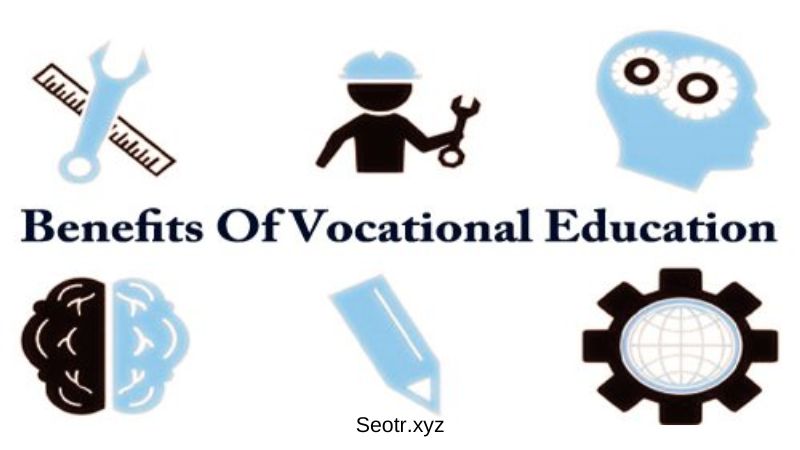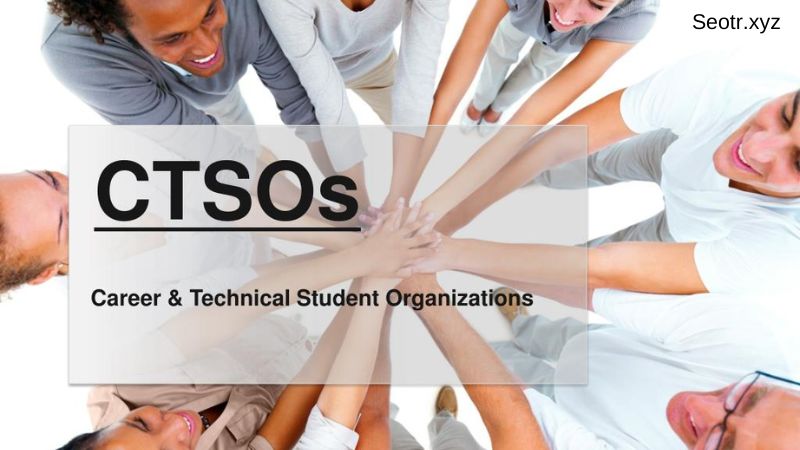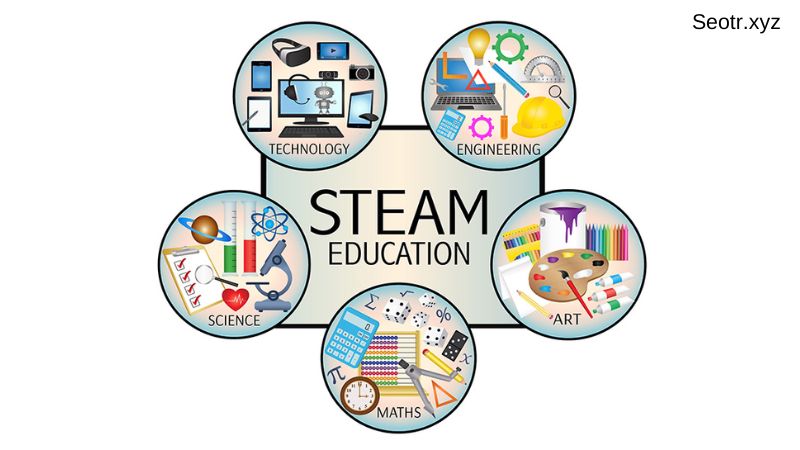In an ever-evolving global economy, the landscape of education is continually shifting to meet the demands of industries. One significant adaptation in the educational realm is the integration and emphasis on vocational education in high schools. Vocational education in high school offers students a unique pathway to acquire practical skills and knowledge, preparing them for immediate entry into the workforce or further specialized training. This article from Seotr.xyz delves into the multifaceted significance of vocational education in high school, exploring its benefits, implementation, challenges, and future trends.
Benefits of Vocational Education in High School
Career Readiness: Vocational education in high school equips students with tangible skills that are directly applicable to the workplace. By engaging in hands-on learning experiences, students develop a proficiency in their chosen field, enhancing their employability upon graduation. Whether it’s mastering automotive technology, culinary arts, or information technology, vocational education in high school lays the foundation for a successful career journey.

Engagement and Motivation: Traditional academic settings may not cater to the diverse learning styles and preferences of all students. Vocational education in high school offers an alternative approach that resonates with those who thrive in hands-on environments. By immersing themselves in practical learning experiences, students are more motivated and engaged, fostering a deeper understanding of the subject matter.
Industry Connections: One of the distinguishing features of vocational education in high school is its collaboration with local businesses and industries. Through partnerships and internships, students gain invaluable exposure to real-world scenarios, allowing them to apply their skills in authentic contexts. These industry connections not only enhance the quality of education but also provide students with networking opportunities and potential career pathways.
Economic Benefits: A skilled workforce is essential for driving economic growth and innovation. Vocational education in high school addresses the demand for qualified professionals in various sectors, thereby bolstering local economies and reducing unemployment rates. By investing in vocational education, communities can cultivate a talent pool that meets the evolving needs of industries, paving the way for sustainable development.
Implementation and Structure of Vocational Education in High School
Curriculum Integration: Vocational education in high school seamlessly integrates practical training with academic coursework, offering students a well-rounded educational experience. By balancing theoretical knowledge with hands-on application, students acquire a comprehensive understanding of their chosen field while meeting graduation requirements.
Certification and Credentials: Recognizing the importance of industry-recognized certifications, vocational education programs in high schools offer students the opportunity to obtain valuable credentials. Whether it’s earning a welding certification or becoming proficient in medical assisting, these credentials enhance students’ marketability and serve as a testament to their proficiency in their respective fields.
Work-Based Learning: Internships, apprenticeships, and cooperative education programs are integral components of vocational education in high school. These hands-on experiences provide students with firsthand exposure to the realities of the workplace, allowing them to develop essential skills and competencies under the guidance of industry professionals. Work-based learning opportunities not only supplement classroom instruction but also facilitate a smooth transition from school to career.
Career and Technical Student Organizations (CTSOs): Vocational education in high school is further enriched by the presence of Career and Technical Student Organizations (CTSOs). These extracurricular groups, such as DECA, FBLA, and SkillsUSA, offer students the chance to hone their leadership, teamwork, and problem-solving skills through competitions and community service projects. CTSOs provide a supportive network for students pursuing vocational education, fostering camaraderie and personal growth.

Challenges and Considerations in Vocational Education in High School
Funding: Despite its numerous benefits, funding remains a significant challenge for vocational education in high school. The establishment and maintenance of specialized equipment and facilities require substantial financial resources, often straining the budgets of educational institutions. Adequate funding is essential to ensure the sustainability and effectiveness of vocational education programs.
Perception and Stigma: Despite its relevance in today’s job market, vocational education in high school is sometimes perceived as inferior to traditional academic pathways. Overcoming this stigma requires a shift in societal attitudes and a recognition of the value of vocational skills. By highlighting the tangible benefits and opportunities afforded by vocational education, stakeholders can challenge misconceptions and promote its importance.
Evolving Industry Needs: The rapid pace of technological advancement necessitates constant adaptation within vocational education programs. As industries evolve and new technologies emerge, vocational educators must stay abreast of the latest developments to ensure that students are adequately prepared for the workforce. Flexibility and agility are essential traits in addressing the ever-changing needs of industries.
Access and Equity: Ensuring equitable access to high-quality vocational education is paramount in promoting social mobility and inclusivity. Students from underserved communities may face barriers to participation, such as limited resources or systemic inequities. Addressing these disparities requires targeted interventions and policies that prioritize access and opportunity for all students.
Examples and Case Studies of Vocational Education in High School
Germany: Renowned for its dual education system, Germany offers a model of vocational education that combines classroom instruction with on-the-job training. This integrated approach provides students with a seamless transition from school to career, fostering a skilled workforce that drives the country’s economy.
United States: In the United States, vocational education is supported by initiatives such as Career and Technical Education (CTE) and the Perkins Act. These federal programs provide funding and support for vocational education in high schools, enabling students to explore diverse career pathways and gain valuable skills.
Finland: Finland’s vocational education system emphasizes practical learning and collaboration with industries. By integrating vocational education with academic curricula, Finland prepares students for a wide range of careers and fosters a culture of lifelong learning and innovation.
Future Trends in Vocational Education in High School
Integration with STEM: As the demand for STEM professionals continues to grow, vocational education in high school is poised to incorporate more STEM-related disciplines into its curriculum. By integrating STEM principles and practices into vocational programs, students can develop the critical thinking and problem-solving skills necessary for success in the digital age.

Digital Skills: With the increasing digitization of industries, vocational education in high school must prioritize the development of digital literacy and IT skills. From coding and programming to cybersecurity and data analysis, proficiency in digital technologies is essential for navigating the modern workforce.
Sustainability and Green Jobs: As society grapples with environmental challenges, vocational education in high school is embracing sustainability and green technologies. Programs focusing on renewable energy, environmental conservation, and sustainable agriculture prepare students for careers that prioritize environmental stewardship and innovation.
Global Competency: In an interconnected world, vocational education in high school must equip students with the cultural competence and global awareness necessary for success in a diverse workforce. By fostering cross-cultural understanding and communication skills, vocational education prepares students to thrive in an increasingly globalized economy.
Summary
In conclusion, vocational education in high school plays a pivotal role in preparing students for the workforce of tomorrow. By offering practical skills, industry connections, and real-world experiences, vocational education empowers students to pursue rewarding careers and contribute to economic growth and innovation. Despite challenges and misconceptions, the significance of vocational education cannot be understated. As we look to the future, vocational education in high school will continue to evolve, adapting to the needs of industries and equipping students with the tools they need to succeed in an ever-changing world.



